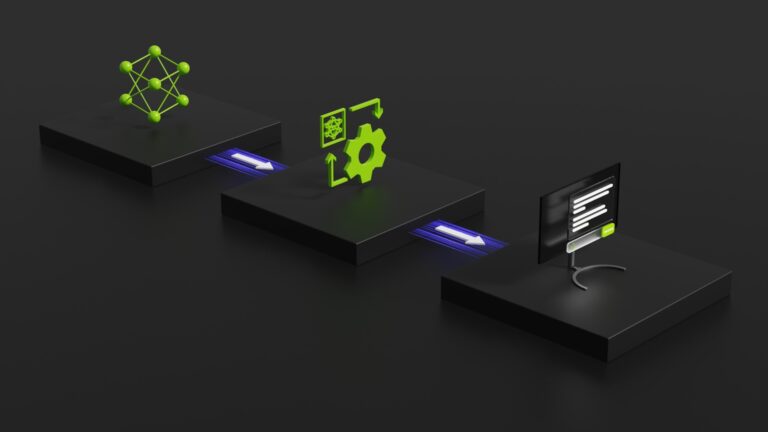 Large language models (LLM) are getting larger, increasing the amount of compute required to process inference requests. To meet real-time latency requirements…
Large language models (LLM) are getting larger, increasing the amount of compute required to process inference requests. To meet real-time latency requirements…
Large language models (LLM) are getting larger, increasing the amount of compute required to process inference requests. To meet real-time latency requirements for serving today’s LLMs and do so for as many users as possible, multi-GPU compute is a must. Low latency improves the user experience. High throughput reduces the cost of service. Both are simultaneously important. Even if a large…

 NVIDIA has released RAPIDS cuDF unified memory and text data processing features that help data scientists continue to use pandas when working with larger and…
NVIDIA has released RAPIDS cuDF unified memory and text data processing features that help data scientists continue to use pandas when working with larger and… NVIDIA CUDA-Q (formerly NVIDIA CUDA Quantum) is an open-source programming model for building hybrid-quantum classical applications that take full advantage of…
NVIDIA CUDA-Q (formerly NVIDIA CUDA Quantum) is an open-source programming model for building hybrid-quantum classical applications that take full advantage of… GPUs are specially designed to crunch through massive amounts of data at high speed. They have a large amount of compute resources, called streaming…
GPUs are specially designed to crunch through massive amounts of data at high speed. They have a large amount of compute resources, called streaming…